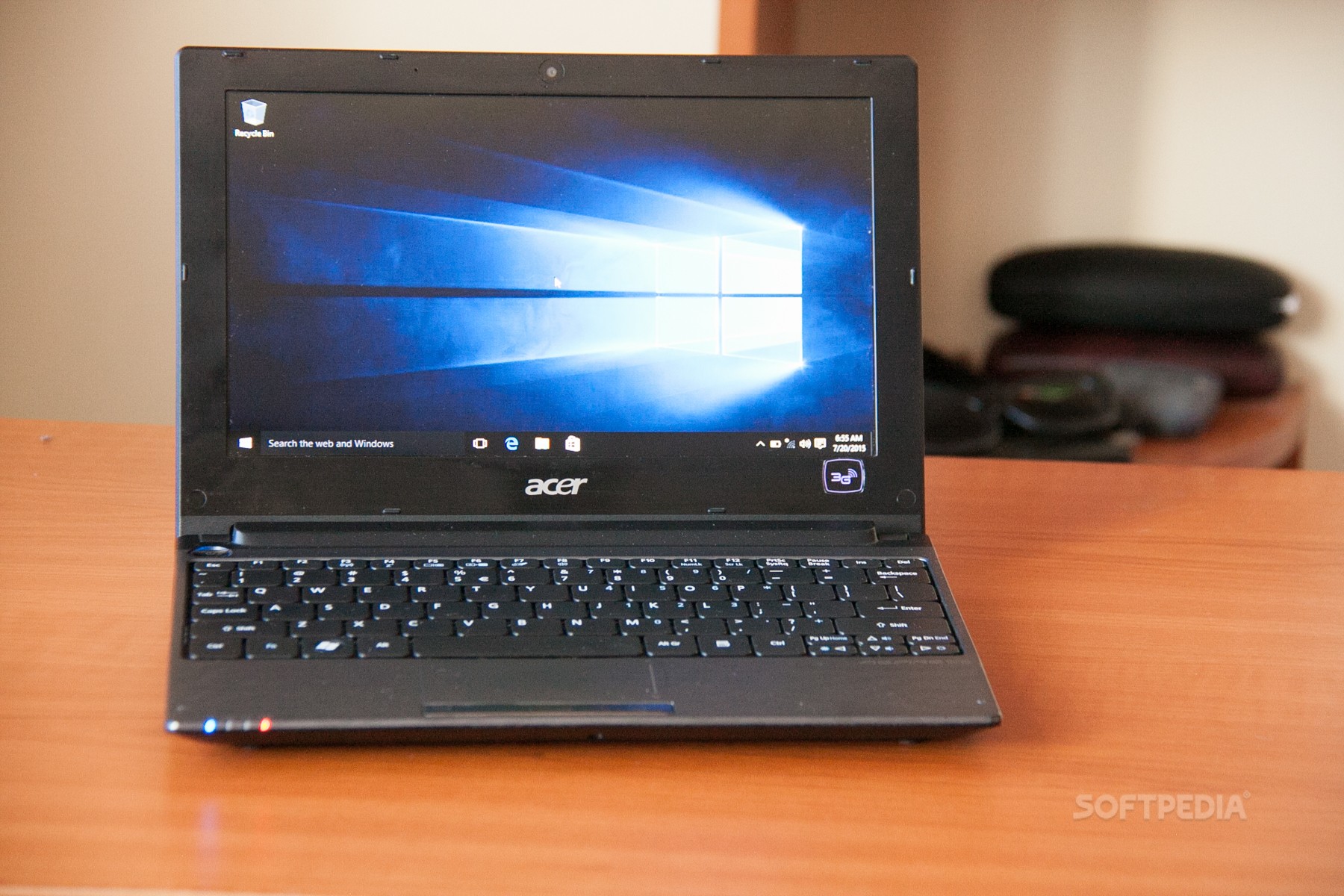Acer Aspire One Kav10 Drivers Windows 7

Writes: Windows 10 will launch in less than a week and it is supposed to work flawlessly on devices already powered by Windows 7 and Windows 8.1, as Microsoft struggled to keep system requirements unchanged to make sure that everything runs smoothly. Device drivers all the way back to Windows Vista platform (WDDM 1.0) are supported.
Acer Aspire One D150 (Acer Aspire One KAV10) Windows 7 Drivers: Drivers: Intel Chipset Driver (GM45) 9.1.1.1020 2.4 MB. Secret missions mata hari. Acer Aspire One D150 (KAV10).
Softpedia performed a practical test to see how Windows 10 can run on a 7-year-old Acer Aspire One netbook powered by Intel Atom N450 processor clocked at 1.66 GHz, 1 GB of RAM, and a 320 GB mechanical hard disk. The result is surprising to say the least, as installation not only went impressively fast, but. I have about the same netbook, and I've never used the Windows 7 that came with it, but want to put it back specifically so I can put Windows 10 on it to play with it. I lost the Clonezilla image I made of it years ago and am on the verge of ordering the backup media from the Acer website - I've come up empty on a WIndows 7 Starter ISO. I've loved my little Acer, I've had three bike wrecks with it, one of which my entire body weight went up and down the thing twice as I rolled over my backpack, not a scratch.
I double the RAM from 1 to 2 GB the day I bought it and put an SSD in later. The SSD was incredible when it came to increasing the battery life and performance. I've told people it's the laptop Fischer-Price made, and I say it in a bragging manner, I still love my little netbook. I bought my first-generation Acer Aspire One in 2008, back when the 'netbook' segment was still new. It even became my main computer for some months, and was quite happy with it — Except, of course, for the 9' 1024x600 screen.
Two years ago, I upgraded to a Acer Aspire One 756. Better processor and more memory allow me to virtualize whenever I need to do some Windows stuff (twice a year or so). That and a 10.5' 1366x768 screen, with mostly the same weight became godsend.
Having a computer that allows me to upgrade once every five years, and that can be bought at US$300 at the supermarket. That's what I call convenience. I was upset when Microsoft decided they didn't want Netbooks to exist anymore and used their clout to force the reputable companies out of making them. I laughed my butt off when they came back in the name of Chromebooks - the first Acer Chromebooks as far as I could tell were basically a repurposed Aspire One anyways.
These are actually seeing some real adoption, schools in particular in this area require kids to have a Chromebook, that they will issue, or something that will do the same things as a Chromebook if a parent will provide (my buddy sent his daughter with a first gen Surface tablet with Chrome). I see the entire Chromebook phenomenon as a fuck you to Microsoft for the bullying they pulled forcing manufacturers out of that market anyways. The fact ChromeOS is Linux they pushed them right back where I thought they should be (mostly) anyways. On that note - Chrome does horrible full-screen, which is almost a requirement on a netbook. I went back to Firefox over it on my netbook, and went back to it everywhere as a result. Glad I did, I'm not happy with the current state of Chrome. With (upgraded) 2GB of RAM and Linux/KDE using the Netbook desktop and an SSD for what it's worth mine does Youtube just fine, since it's WebM, I don't go to CNN but it manages with other Flash based video that needs to die.
The fact is as far as Windows is concerned I hit the power button when I bought it to make sure it could boot, upgraded the RAM, did it again, then I plowed it and put Linux on it so I've never really seen how well it works with Windows. The fact that Windows 7 Starter qualifies for t. In fairness, Word is merely a program that displays a mixture of text and graphics, that can be formatted in numerous ways, with or without style sheets, viewable on a variety of different media types, with a turing complete scripting language that's capable of controlling every facet of how each document is viewed, including interacting with the user via forms, and modifying the document on the fly. Whereas a web browser also has to be able to download those documents via HTTP, which totally justifies it needing several hundred times as much memory.
I have it on a Compaq C306US with 1 GB of RAM and a 1.73 GHz Celeron. It seemed impressive at first, but the daily Defender signature update brings the machine to its knees. Seriously, the mouse pointer will not even move, and when I was actually able to bring up Perfmon, CPU and disk were both at 100%. That's unusable. I guess the answer is to install another security package, but that's a serious WTF. In 2015, it would be nice if Microsoft had heard of I/O throttling.